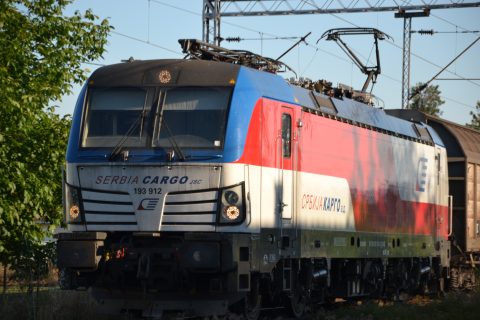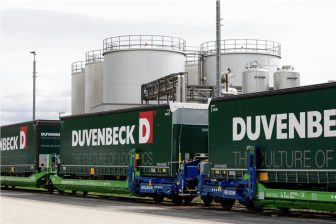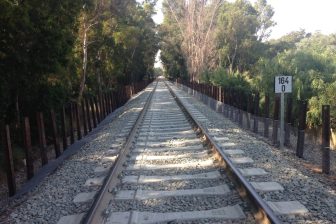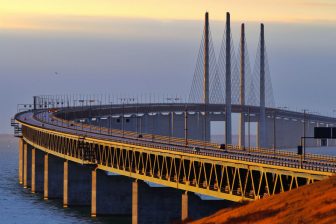
Where will the renewed railways of Serbia lead us?
Serbia Cargo
Serbia’s railway network is currently undergoing intensive construction works. So intensive, that it is affecting the rail freight volumes, also on the international corridors. Is it all worth it? To answer this question, we should have a look at what has been promised.
Do you want to read the full article?
Thank you for visiting RailFreight.com. Become a member of RailFreight Premium and get full access to all our premium content.
Are you already a member?
Having problems logging in? Call +31(0)10 280 1000 or send an email to customerdesk@promedia.nl.




